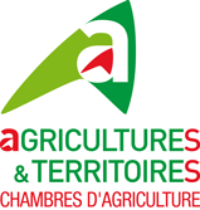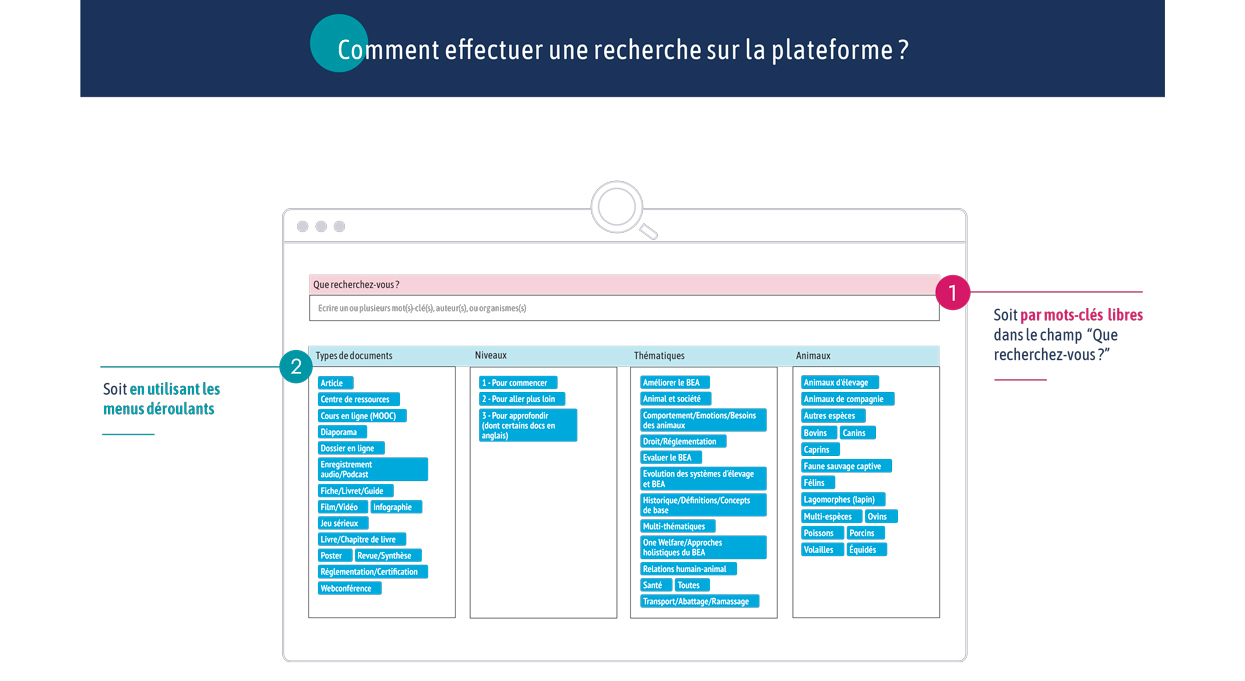Type de document : Article scientifique publié dans PLoS ONE
Auteurs : Annika Lange, Susanne Waiblinger, Anja Heinke, Kerstin Barth, Andreas Futschik, Stephanie Lürzel
Résumé en français (traduction) : Interactions douces avec les vaches entravées et en liberté : Effets sur l’amélioration de la relation entre l’animal et l’homme
La relation entre l’animal et l’homme est essentielle pour le bien-être et la production des animaux d’élevage. En général, les interactions tactiles et vocales douces améliorent la relation entre l’animal et l’homme chez le bétail. Cependant, les vaches qui craignent les humains évitent leur présence et leur contact rapprochés ; ainsi, la relation animal-homme doit d’abord être améliorée jusqu’à ce que les animaux acceptent les caresses avant leur perception des interactions et par conséquent la relation animal-homme puisse devenir positive. Nous avons testé si la relation animal-homme des vaches craignant l’homme est améliorée plus efficacement par des interactions douces pendant la contention, permettant un contact physique dès le début, ou si les interactions douces sont proposées alors que les animaux sont libres de leurs mouvements, leur donnant plus de contrôle sur la situation et donc probablement un niveau de participation plus élevé et une perception plus positive des interactions. Trente-six vaches laitières (distance d’évitement médiane de 1,6 m) ont été réparties en trois groupes de traitement (chacun n = 12) : interactions vocales et tactiles douces pendant la contention au râtelier d’alimentation (LOCK) ; interactions vocales et, si possible, tactiles douces alors que les animaux sont libres dans l’étable (FREE) ; gestion de routine sans interactions supplémentaires (CON). Les traitements ont été appliqués pendant 3 min par vache, à raison de 10 j par quinzaine, pendant 6 semaines (soit trois périodes). Le comportement d’évitement et d’approche envers les humains a été testé avant le début de la période de traitement, puis à toutes les deux semaines. Les variables enregistrées ont été réduites à un score par l’analyse en composantes principales. Le score de relation résultant (des valeurs plus élevées impliquant une meilleure relation avec les humains) a augmenté dans tous les groupes ; l’augmentation était plus forte dans FREE que dans CON, l’augmentation dans LOCK n’étant pas significativement différente des autres groupes de traitement. Ainsi, nous recommandons que les interactions douces avec les vaches aient lieu lorsque celles-ci sont libres, si possible.
Résumé en anglais (original) : The animal-human relationship is essential for farm animal welfare and production. Generally, gentle tactile and vocal interactions improve the animal-human relationship in cattle. However, cows that are fearful of humans avoid their close presence and touch; thus, the animal-human relationship first has to be improved to a point where the animals accept stroking before their perception of the interactions and consequently the animal-human relationship can become positive. We tested whether the animal-human relationship of cows fearful of humans is improved more effectively by gentle interactions during restraint, allowing physical contact from the beginning, or if the gentle interactions are offered while the animals are free to move, giving them more control over the situation and thus probably a higher level of agency and a more positive perception of the interactions. Thirty-six dairy cows (median avoidance distance 1.6 m) were assigned to three treatments (each n = 12): gentle vocal and tactile interactions during restraint in the feeding rack (LOCK); gentle vocal and, if possible, tactile interactions while free in the barn (FREE); routine management without additional interactions (CON). Treatments were applied for 3 min per cow on 10 d per fortnight for 6 weeks (i.e., three periods). Avoidance and approach behaviour towards humans was tested before the start of the treatment period, and then at 2-week intervals. The recorded variables were reduced to one score by Principal Component Analysis. The resulting relationship score (higher values implying a better relationship with humans) increased in all groups; the increase was stronger in FREE than in CON, with the increase in LOCK being not significantly different from the other treatment groups. Thus, we recommend that gentle interactions with cows should take place while they are unrestrained, if possible.







